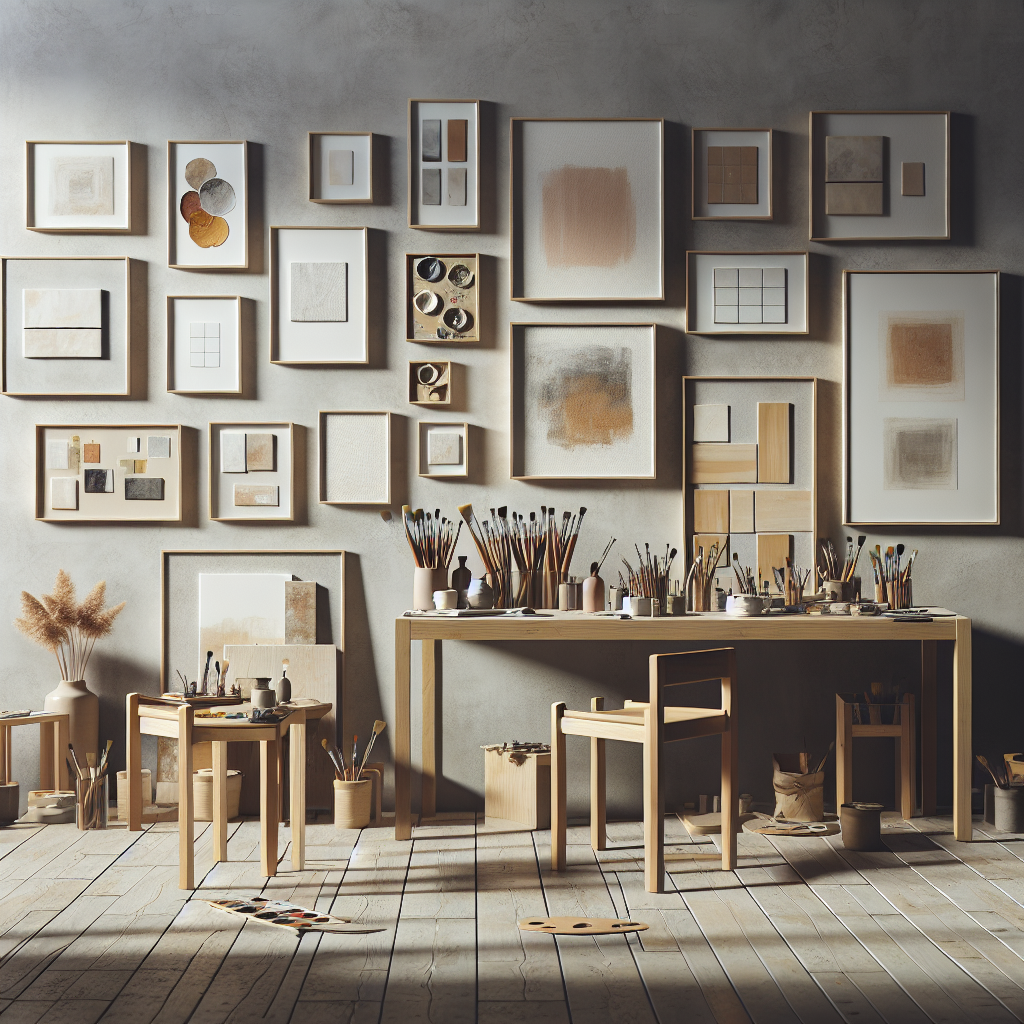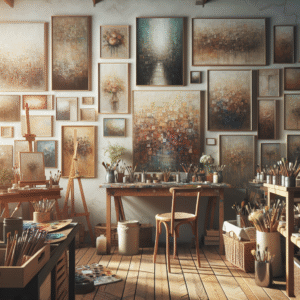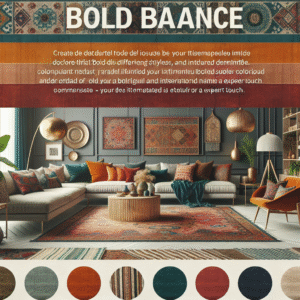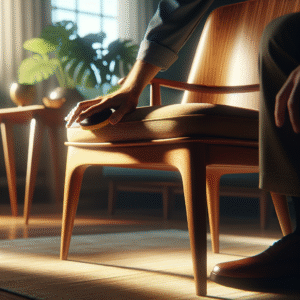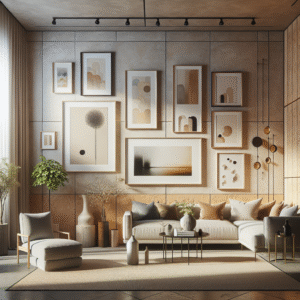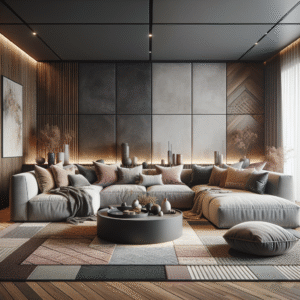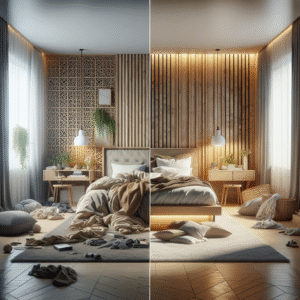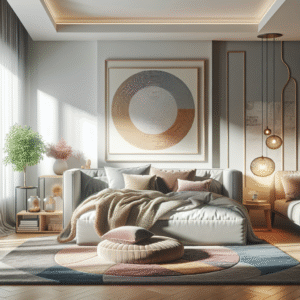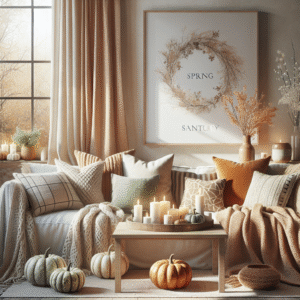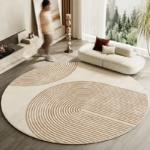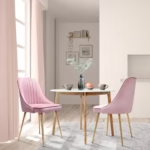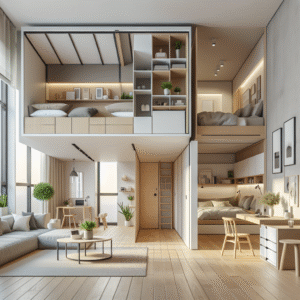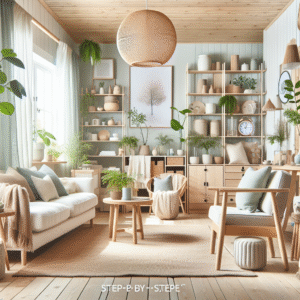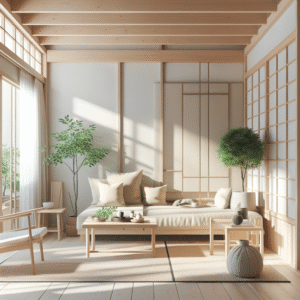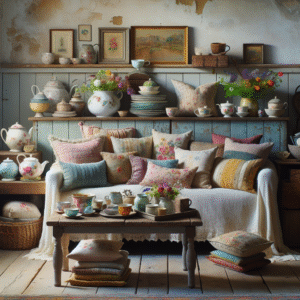Elevating Minimalist Living: Mastering the Art of Curating Modern Art for a Sleek Aesthetic
In our overstimulating world, minimalism provides a refreshing antidote, offering simplicity and clarity in both thought and space. Yet, how do you truly elevate minimalist living? One answer lies in curating modern art for a sleek aesthetic. This might sound simple, but mastering this art requires a keen eye and an understanding of your surroundings. In this comprehensive guide, we’ll explore how to select art that complements minimalist spaces, enhances the environment, and reflects your personality.
You will learn how to identify the right pieces, integrate them into your spaces, and cultivate an atmosphere that resonates with harmony. By the end of this article, you’ll not only know how to pick and place art but also appreciate its transformative role in minimalist living.
Here’s a roadmap of what we will cover:
- The Philosophy of Minimalism and Art
- Understanding Your Space
- Choosing the Right Modern Art Pieces
- Installation Techniques for Maximum Impact
- Case Studies of Successful Minimalist Art Integration
- FAQs about Minimalism and Modern Art
The Philosophy of Minimalism and Art
Minimalism discards excess to highlight the essentials, resulting in spaces that embody peace and intention. Art plays a pivotal role in this philosophy, as it introduces personality without cluttering the visual landscape. Selecting art isn’t just about aesthetics; it embodies values, emotions, and stories.
Defining Minimalist Aesthetics
Minimalist aesthetics focus on uncluttered forms, neutral palettes, and intentional choices. Art in these spaces should echo these principles, allowing for balance and tranquility.
The Role of Modern Art in Minimalism
Modern art can evoke emotion and stimulate thought while maintaining a clean look. Select pieces that resonate with your minimalist ethos, enhancing rather than distracting from the overall ambiance.
Understanding Your Space
Before choosing your art pieces, it’s essential to understand your space and how art interacts within it. Evaluate the color scheme, size, and style of your furniture, as these elements will inform your choices.
Assessing Your Room’s Aesthetic
Observe the mood of your room—does it feel warm and inviting or cool and austere? Identifying this will assist you in selecting works of art that align with the existing environment.
Scale and Proportion Considerations
Art can drastically change the perception of space. Large artworks can establish focus in expansive areas, while smaller pieces are suitable for intimate settings. Keep scale in mind while curating your collection.
Choosing the Right Modern Art Pieces
Having assessed your space, the next step is to choose art that complements your minimalist lifestyle. This can feel daunting, but by focusing on specific factors, you can curate thoughtfully.
Identifying Personal Style
Your personal style will guide your choices. Are you drawn to abstract forms, geometric designs, or nature-inspired themes? Choose art that feels authentic to you.
Material and Texture Selection
Consider the materials of your selected artworks. Metals, glass, and canvas can create different textures that uplift minimalist spaces. For instance, a sleek metal sculpture can contrast beautifully against a soft, textured wall.
Installation Techniques for Maximum Impact
How you display your art is just as important as the pieces themselves. Here are some insights on hanging and positioning your art thoughtfully.
Gallery Walls vs. Standalone Pieces
Decide whether to create a gallery wall or to use standalone pieces. Gallery walls can make a statement while preserving a minimalist approach if done right. Choose an arrangement that flows and directs the gaze naturally.
Lighting and Its Influence
Lighting can significantly enhance art’s visual impact. Use directional spotlights or natural lighting to draw focus to your curated pieces while maintaining the overall minimalist aesthetic.
Case Studies of Successful Minimalist Art Integration
Real-world examples can inform your choices and inspire your curation process. Here are notable case studies showing how modern art can elevate minimalist living.
Case Study 1: The Minimalist Apartment
In a New York City apartment featuring stark white walls and muted furniture, the residents added bold abstract paintings in vivid colors. This introduced vibrance without overwhelming the eye, effectively enhancing the minimalist principle.
Case Study 2: The Tranquil Office Space
A modern office opted for large landscape photographs, maintaining a monochromatic palette. This choice created a calm work environment while subtly celebrating nature, embodying minimalist values.
FAQs about Minimalism and Modern Art
What are the key principles of minimalist art?
Minimalist art emphasizes simplicity, focusing on essential forms and avoiding unnecessary elements. It often showcases monochromatic palettes and geometric shapes, promoting a clean aesthetic.
How can I incorporate modern art into a small space?
Choose smaller pieces or create a gallery wall to maximize visual impact. Use reflective surfaces and proper lighting to enhance the sense of space and openness.
What is the best way to position artworks?
Hang art at eye level and maintain consistent spacing. Group smaller pieces for a cohesive look while allowing larger works to stand as focal points.
Can modern art clash with a minimalist aesthetic?
Yes, if not chosen thoughtfully, modern art can create visual clutter. Aim for pieces that resonate with your minimalist values, supporting rather than overshadowing the environment.
How do colors influence a minimalist space?
Colors can evoke different emotions. Soft, neutral tones promote tranquility, while bolder pieces can create focal points and instigate conversations without cluttering the space.
Conclusion & Next Steps
Mastering the art of curating modern art for a sleek aesthetic is not only about selecting pieces but also about understanding how they interact within your space. Embrace the minimalist approach by considering your personal style, the environment, and how each artwork contributes to a cohesive aesthetic. Remember, each piece of art you choose should tell a story and resonate with your values.
Transform your spaces by considering the role art plays in enhancing your minimalist lifestyle. For further exploration, dive into our articles on “Creating a Minimalist Home” and “The Psychology of Color in Design.” Together, let’s embrace simplicity and beauty.
Content Disclaimer
Information provided for educational purposes only. Not professional financial advice; consult experts. Results may vary based on individual circumstances.
Categories
- Accent Walls & Ceilings (7)
- Art Curation & Gallery (24)
- Bedding Style Trends (42)
- Bedroom Makeover (27)
- Bohemian & Eclectic Styles (7)
- DIY & Budget-Friendly Decor (7)
- Eco-Friendly Design (7)
- Furniture Care (27)
- Home Decor & Design Ideas (100)
- Home Wellness Spaces (7)
- Integrated Outdoor Living (6)
- Kids and Nursery Decor (7)
- Living Room Decor (28)
- Minimalist & Japandi Style (10)
- Mix & Match Techniques (28)
- Modern & Contemporary Design (6)
- Rug Sizing & Placement (27)
- Seasonal Home Decor (29)
- Small Space Solutions (11)
- Wall Art & Painting Tips (29)
Recent Posts
Recent Comments
Archives
Product Gallery
-
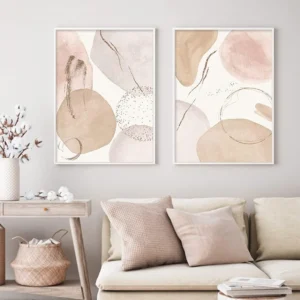 Abstract Bohemian Geometric Beige Poster Canvas Painting Wall Art Printing Picture Bedroom Living Room Home Decoration Picture
$3.79 – $21.95Price range: $3.79 through $21.95
Abstract Bohemian Geometric Beige Poster Canvas Painting Wall Art Printing Picture Bedroom Living Room Home Decoration Picture
$3.79 – $21.95Price range: $3.79 through $21.95
-
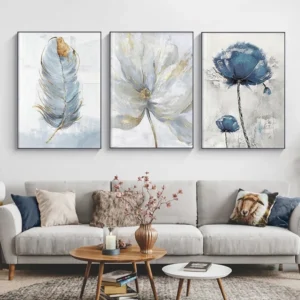 Scandinavian Flower Canvas Posters Nordic Art Wall Painting Print Abstract Flowers Feather Decoration Picture for Living Room
$5.69 – $32.51Price range: $5.69 through $32.51
Scandinavian Flower Canvas Posters Nordic Art Wall Painting Print Abstract Flowers Feather Decoration Picture for Living Room
$5.69 – $32.51Price range: $5.69 through $32.51
-
 Abstract Native Indian riding Horse Figure Painting Canvas Posters and Prints Cuadros Art Wall Picture vintage room decor
$3.78 – $26.25Price range: $3.78 through $26.25
Abstract Native Indian riding Horse Figure Painting Canvas Posters and Prints Cuadros Art Wall Picture vintage room decor
$3.78 – $26.25Price range: $3.78 through $26.25

